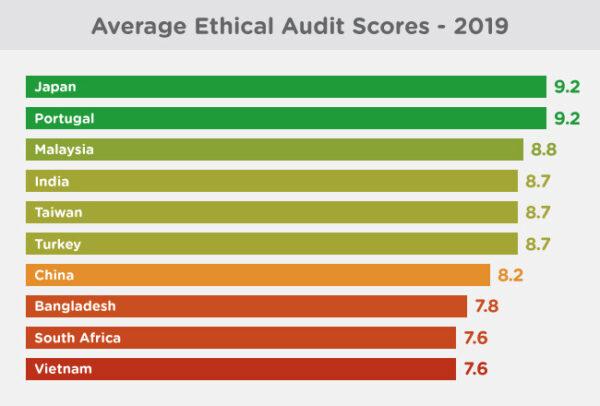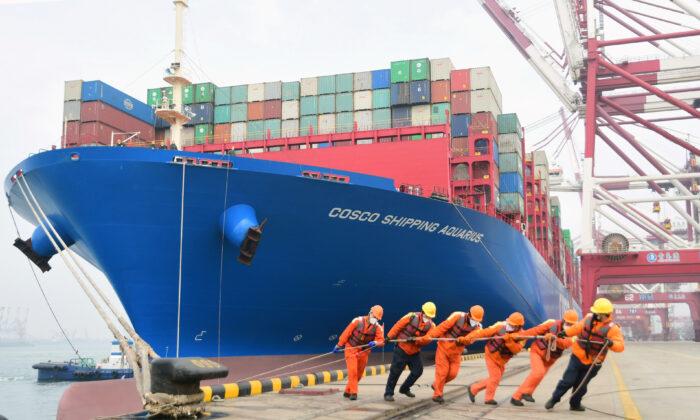WASHINGTON—The CCP virus pandemic has put global supply risks into the limelight, and recent data compiled by a Hong Kong-based supply chain inspection company shows that U.S. firms have already started moving their sourcing away from China.
In the first two months of the year, demand for inspections and audits from North American buyers increased by 45 percent year-on-year in Southeast Asia, with Vietnam, Burma (also known as Myanmar), and the Philippines reaping the benefits, the report stated.
Meanwhile, the demand for supply chain inspections surged 52 percent in South Asia, with Bangladesh becoming a more popular destination, especially for textile and apparel brands.
In addition, a poll by Qima conducted with more than 200 companies in late February showed that 87 percent of respondents believed the pandemic would trigger significant changes in their supply chain management going forward.
To mitigate supply shortage risks arising from factory shutdowns in China, more than half of respondents also noted that they had already begun switching to suppliers in regions unaffected by the virus.
The trend, however, was disrupted in recent months as COVID-19, the disease caused by the CCP virus, spread to other parts of the world. The future of Asian manufacturing outside China will depend on the ability of countries in the region to survive the health crisis.
“After a very strong start of the year when China was closed, they got caught up in the COVID-19 lockdowns as well,” Mathieu Labasse, chief marketing officer at Qima, told The Epoch Times in an email.
He said the lockdowns affected both the production side and the demand side with global export markets closing.
“We saw volumes drop over 40 percent in April and May year-on-year in Southeast Asia, and as much as 80 percent for South Asia—India, Bangladesh, Pakistan,” he said.
However, the inspection company believes that the diversification of sourcing and the near-shoring trend will soar to new heights when global trade resumes.
“Brands and retailers that weather the storm are likely to end up with greatly overhauled supplier portfolios, made up by factories that manage to survive the lockdowns,” the report stated.
The slowdown in global demand because of lockdowns, particularly in Europe and the United States, has also hit Chinese suppliers.
“Indeed after a brief pickup mid-March when China factories were reopening, volumes have plummeted again in April and May as export markets were shut down,” Labasse said. “We recorded a 20 percent drop in inspection volumes in China year-on-year over these two months.”
The picture was completely different, however, for personal protective equipment, as China is the dominant global supplier.
“We saw a massive influx of masks inspection volumes coming in” especially starting mid-May, Labasse said.

Most large U.S. companies have heavily invested in facilities and human resources in China to gain access to the Chinese market, and they have already given up their intellectual property as a price of entry.
However, the pandemic, coupled with the souring sentiment against the Chinese communist regime over the past few months, has forced many corporate boards to rethink their relations with China.
In an effort to diversify its supply chain, Apple last year asked its major suppliers to consider moving certain volumes of their production to Southeast Asia from China. The company also started the process of moving the manufacturing of AirPods, its popular wireless earbuds, to Vietnam from China.






Friends Read Free